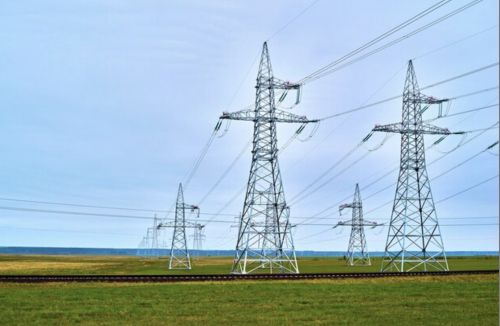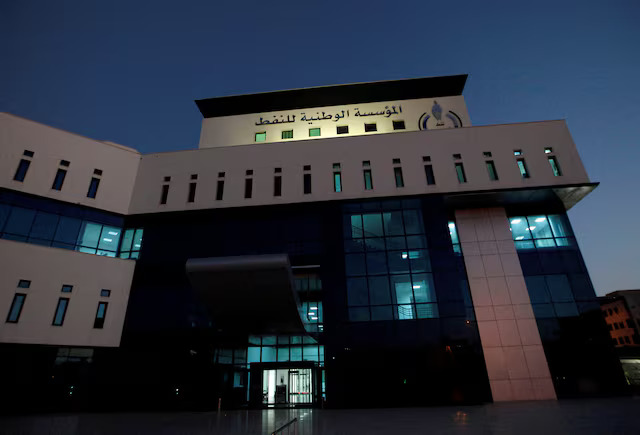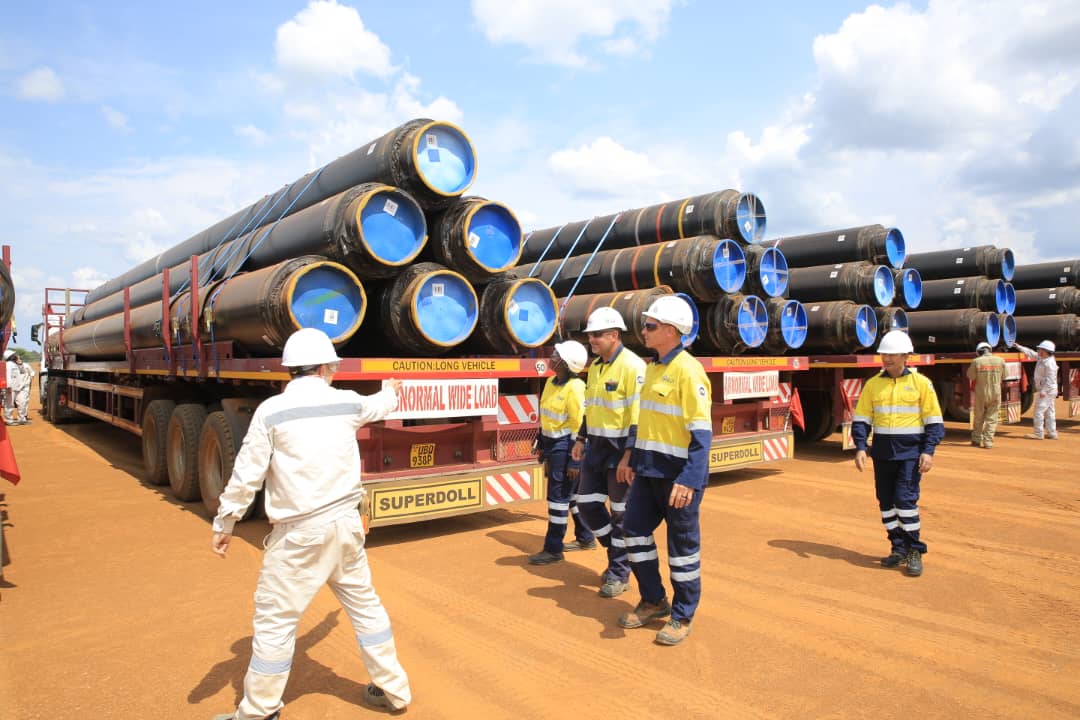Distribution

Zambia Seals $300M Deal, for Electricity Access to 2 Million by 2030, on the Lobito Corridor

the Zambian public power utility, has announced the signature of a definitive joint-venture agreement with Anzana Electric Group on 21 August 2025 to extend reliable electricity to nearly two million Zambians living along the Lobito Corridor by 2030.
The US$300 million blended-finance package will rehabilitate and expand the national grid, add run-of-river hydropower and distributed solar. It will launch next year with a US$50 million pilot in North-Western Province that aims to connect 40 000 households and businesses within twenty-four months.
The Lobito Corridor is anchored by the 1 300 km Benguela Railway, which links the Atlantic port of Lobito in Angola through the copper-rich heartlands of the Democratic Republic of Congo and Zambia; a US$2 billion Chinese rehabilitation between 2006 and 2014 restored the line, and in July 2023 a 30-year concession was awarded to the Lobito Atlantic Railway consortium—Trafigura, Mota Engil and Vecturis—while the United States, the European Union and Italy have since pledged more than US$10 billion under the G7 Partnership for Global Infrastructure and Investment to modernise rail, road, energy and digital infrastructure along the corridor.
The project will apply the World Bank’s 2023 Rapid Gender Assessment of Electrification Projects methodology, which found that, across twelve recent rural electrification schemes in East and Southern Africa, female-headed households were eighteen percentage points less likely to receive first-round connections and thirty-four percentage points fewer women were consulted during planning; the joint-venture will therefore embed targeted metering subsidies and a forty-per-cent consultation quota so that women-run micro-enterprises—cold-storage units, phone-charging kiosks and grain mills—are among the first to benefit from the new supply.
Columbia University’s Center on Global Energy Policy, analysing the electricity that will be fed into Zambia’s national grid, notes that run-of-river hydropower displaces 0.2 tCO₂ per megawatt-hour compared with 0.9 tCO₂ per megawatt-hour for Zambia’s existing coal fleet, while temporary diesel back-up gensets during construction could offset up to eleven per cent of the corridor’s intended carbon savings; with shadow-carbon pricing and guaranteed renewable dispatch now agreed, the partners have a clear pathway to ensure that the energy powering future electric vehicles remains as clean as the minerals it helps to extract.
Ground-breaking for the North-Western Province pilot is scheduled for the first quarter of 2026, and the first 40,000 households and businesses are expected to be connected within twenty-four months, supported by an initial eight megawatts of new run-of-river hydropower and distributed solar capacity.












